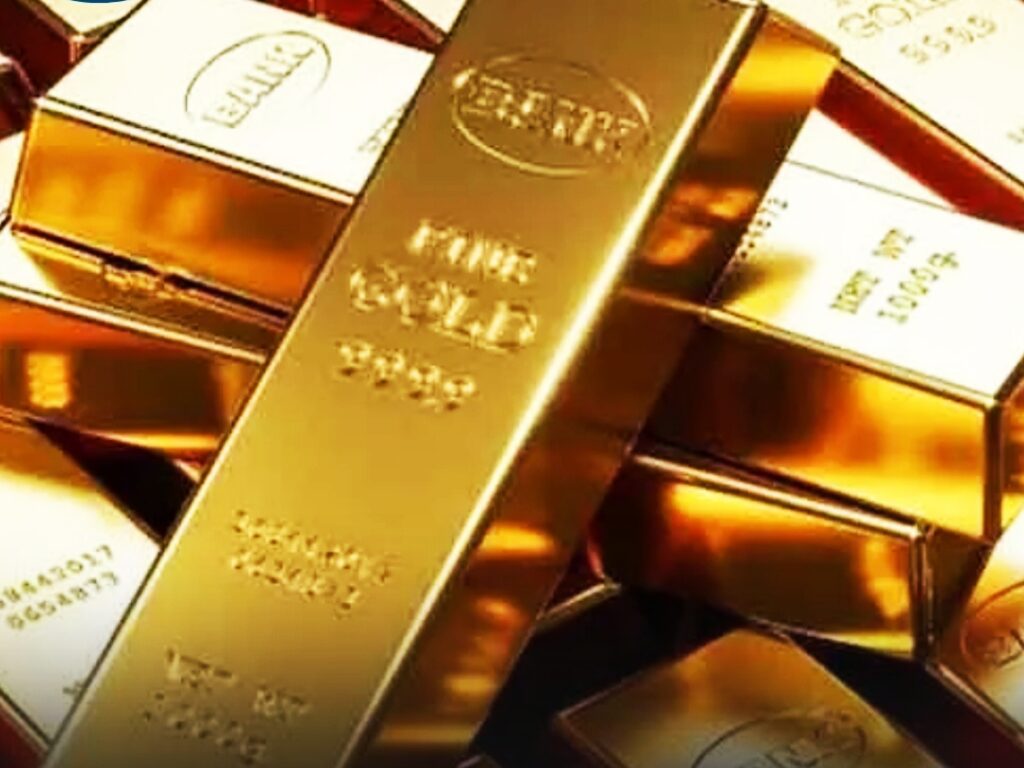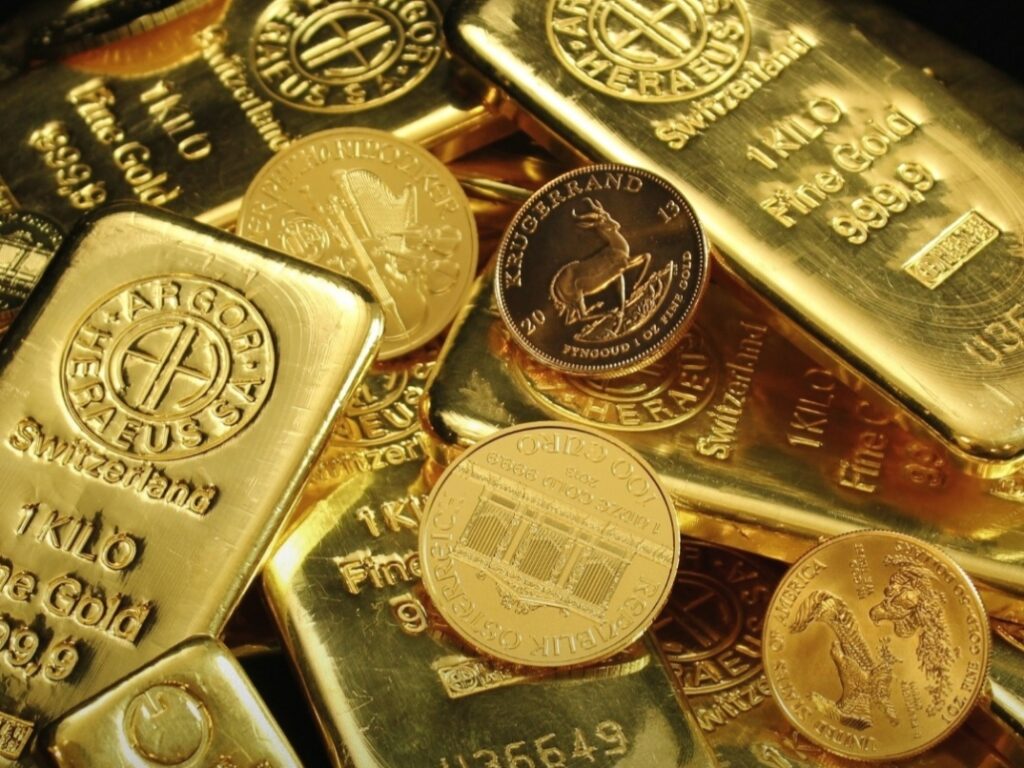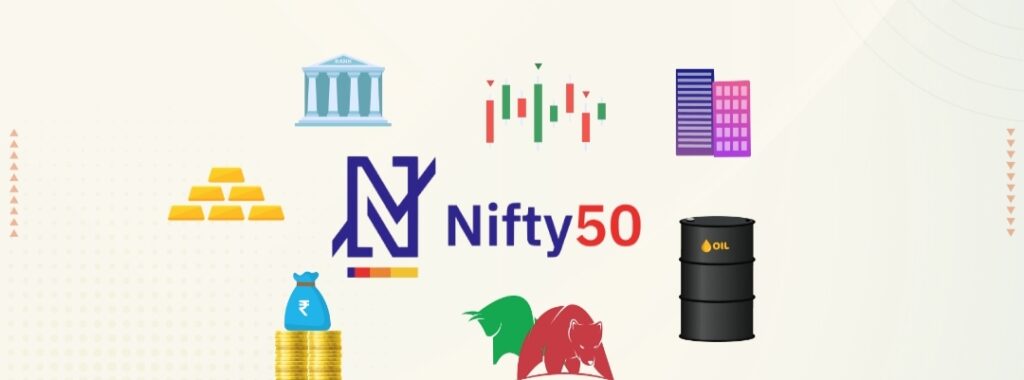Gold has entered uncharted territory in 2025. After a staggering 100% rally in the last 24 months and a 200% surge since 2020, gold is now trading at historical highs. The current international price stands at $3,860 per ounce, up from $1,900 in October 2023. In India, prices have jumped from ₹61,000 per 10 grams in 2023 to ₹1,17,290 per 10 grams today.
Over the past year alone, gold prices have risen more than 45%; in 2025 so far, the yellow metal has already gained 47%. Investors who missed earlier opportunities are now experiencing the classic fear of missing out (FOMO).
The Problem with Buying Jewellery
Owning physical gold in the form of jewellery may sound rewarding, especially if bought earlier during the rally. However, it comes with significant costs:
– Making charges between 5% and 25%
– Price variations across cities
– Purity and valuation concerns during resale
Converting jewellery into cash involves deductions, and storage adds to the hassles, making it a less efficient way to own gold for investment purposes.

Gold ETFs: The Smarter Alternative
Enter Gold Exchange-Traded Funds (ETFs) — a low-cost, secure, and convenient way to invest in gold without the drawbacks of physical ownership.
Gold ETFs are listed on Indian stock exchanges and backed by actual gold. They track gold prices transparently, ensuring investors pay very close to the prevailing market value. Their key advantages include:
– Lower costs : Around 0.8% expense ratio compared to jewellery’s high making charges
– High safety : No purity issues, storage worries, or theft risk
– Liquidity : Easily bought and sold anytime through a Demat account
– Small ticket size : Invest as low as ₹500
For those without a Demat account, Gold Fund of Funds (FoFs) offered by mutual funds provide exposure to gold ETFs without the trading account requirement.
Rising Popularity of Gold ETFs in India
The recent bull run has resulted in 108% higher net inflows in Gold ETFs — from ₹1,050.28 crore in August 2023 to ₹2,189.5 crore by August 2025. The total AUM of India’s 21 Gold ETFs now stands at ₹72,495 crore. Since their returns mimic gold’s price movements, picking an ETF with high daily trading volumes ensures better liquidity.
How to Buy and How Much to Allocate
Buying Gold ETFs is as straightforward as purchasing shares:
– Purchase via your Demat account
– 1 unit typically equals 1 gram of gold
– Current gold price: ₹11,729 per gram (24-carat)
Experts recommend allocating only 5-10% of your portfolio to gold. If prices dip, increase allocation; if your gold percentage rises beyond target due to price appreciation, consider selling part of the holding to rebalance.
Gold ETFs have no lock-in period, making them suitable for both short-term needs and long-term investment goals. However, to benefit from the asset’s stability, avoid frequent withdrawals.
In 2025, with gold prices shattering past records, investors should look beyond physical jewellery and embrace Gold ETFs for cost efficiency, purity assurance, transparency, and ease of trade. Whether you aim to hedge against market volatility or secure long-term wealth, paper gold is proving its worth as a time-tested asset.



